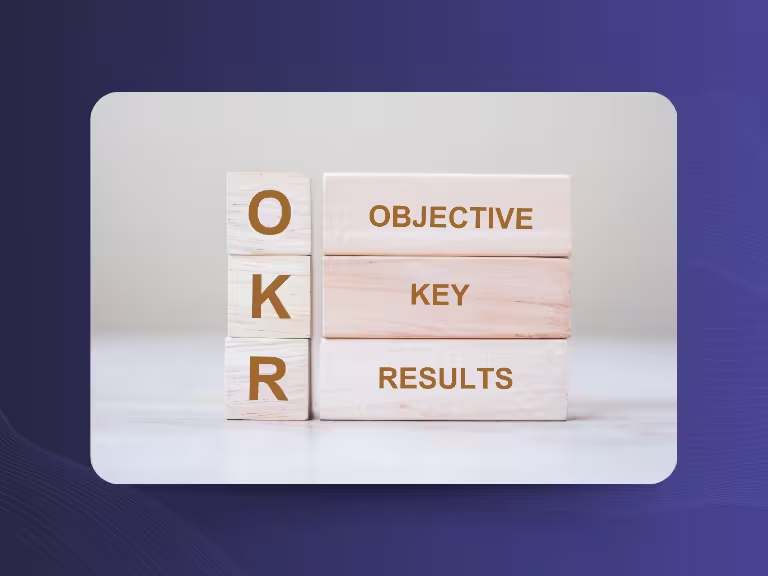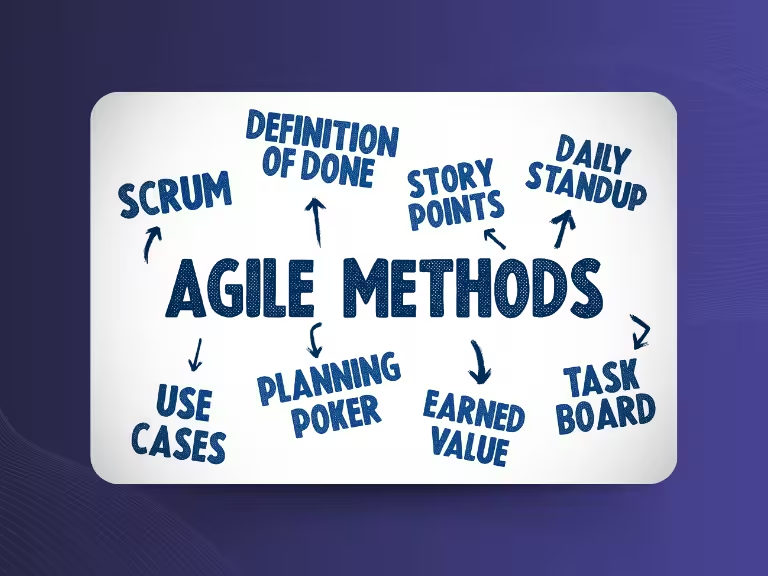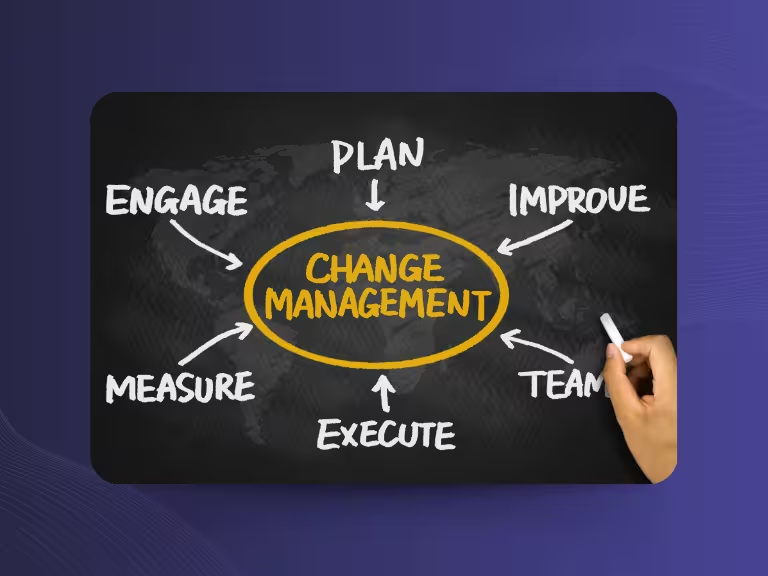In an era where qualified professionals are scarce and the working world is rapidly changing through digitalization and new generations of employees, it's becoming increasingly challenging for companies to keep their teams motivated long-term. Yet employee motivation is a crucial success factor: motivated employees are more productive, innovative, and remain loyal to the company longer. This article shows you practical strategies and deeper insights on how to foster sustainable motivation in your team – from appreciative communication and clear goal-setting to modern digital tools that enrich the workday.
Why Employee Motivation is More Important Than Ever Today
The Impact of Motivated Employees on Business Success
Motivated employees are the backbone of every successful company. They not only show higher productivity but also bring more innovation and creativity to their work. Studies show that engaged teams are up to 21% more productive and achieve 10% higher customer ratings. At the same time, strong employee engagement leads to lower turnover, saving companies significant costs for recruiting and onboarding.
The flip side is equally clear: demotivated employees not only cause direct costs through higher sick leave rates and declining performance, but also negatively influence the entire team climate. Their dissatisfaction can spread like a virus and lead to a downward spiral that's difficult to break.
Current Trends and Studies on Employee Motivation
The Gallup Engagement Index 2023 reveals an important insight: appreciation and recognition remain the most important motivators for employees. What's interesting is that expectations differ across generations. While older employees often value security and stability, younger generations place great importance on flexible work models and personal development opportunities.
A fundamental difference lies between intrinsic and extrinsic motivation: Intrinsic motivation comes from within and is driven by factors like autonomy, meaningfulness, and personal growth. Extrinsic motivation, on the other hand, is based on external rewards like salary or bonuses. For sustainable employee motivation, it's crucial to consider both aspects, with intrinsic motivation being more effective in the long run.
Practical Methods to Motivate Employees
Appreciation and Recognition as Motivation Drivers
Regular, authentic praise is one of the most powerful levers for increasing employee motivation. It's not just about big praise for special achievements, but about daily appreciation of small successes and contributions. A personal "thank you" or recognition in front of the team can often accomplish more than a monetary bonus.
Modern companies increasingly use digital praise platforms like Sally to systematically document and communicate recognition. These tools make it possible to make successes visible and establish a culture of appreciation. What's important is that feedback is specific and timely – general phrases fall flat.
Open Communication and Transparent Goal-Setting
Transparent communication builds trust and gives employees the feeling of being part of the bigger picture. Regular, honest conversations about challenges, successes, and future plans of the company strengthen emotional connection and engagement.
For goal-setting, the SMART principle has proven effective: goals should be Specific, Measurable, Achievable, Relevant, and Time-bound. The key is actively involving employees in goal definition. When they can help determine what they work on and how success is measured, their motivation to achieve these goals automatically increases.

Promoting Work-Life Balance and Flexible Work Models
The boundaries between work and private life are increasingly blurring, making flexible work models more important than ever. Home office, flexible hours, or the ability to adapt working hours to personal needs can significantly increase employee satisfaction.
At the same time, it's important to create a culture that promotes breaks and recovery. Employees who can regularly recover are more productive and creative in the long run. Small rituals like shared break times or setting up quiet zones in the office help here.
Offering Opportunities for Professional Development
Personal and professional development is a strong intrinsic motivator. Employees want to grow, learn new skills, and have career prospects. Companies can support this through continuing education programs, mentoring systems, or coaching offerings.
Individual development plans worked out together with the employee are particularly effective. These should not only include technical competencies but also consider personal strengths and interests.
Sustainable Motivation Through Psychological and Cultural Approaches
Strengthening Intrinsic Motivation Long-Term
The self-determination theory by Deci and Ryan identifies three basic psychological needs: autonomy, competence, and social connection. Employees are most motivated when they can act autonomously, feel competent, and have social connections with their colleagues.
Practically, this means giving employees decision-making power, supporting them in their competence development, and creating a sense of belonging. Regular feedback conversations and systematic motivation diagnostics can help identify individual needs and address them specifically.
Considering Corporate Culture and Cultural Diversity
In globally operating companies, cultural differences play an important role in employee motivation. What is perceived as appreciative in one culture may be considered inappropriate in another. Intercultural leadership competence is therefore becoming increasingly important.
Diversity training and cross-cultural communication workshops help managers deal sensitively with different cultural backgrounds. An inclusive corporate culture that values different perspectives and working styles can increase the motivation of all employees.

Work Environment and Technology as Levers for Employee Motivation
Establishing Positive Routines and a Healthy Work Environment
Small, daily rituals can have a big impact on team motivation. Short morning meetings, shared coffee breaks, or regular success rounds strengthen team spirit and create positive experiences in the workday.
The physical work environment also plays an important role: ergonomic workstations, sufficient light, plants, and areas for informal encounters create an atmosphere where employees feel comfortable and enjoy working.
Using Digital Tools for Motivation and Communication
Modern technologies can support employee motivation in various ways. Platforms for praise and recognition make appreciation visible and measurable. Feedback apps enable quick, continuous feedback, and gamification elements can make work processes more playful.
A particularly innovative approach is using AI-based tools like Sally to improve communication in teams. Through automatic documentation and summarization of meetings, important information can be better shared and employees more effectively involved in decision-making processes.
Summary and Outlook
Successful employee motivation is not a coincidence but the result of a well-thought-out, holistic strategy. The pillars remain timeless: appreciation, clear communication, and genuine employee participation. At the same time, psychological factors, cultural sensitivity, and modern technologies are gaining importance.
The key lies in not just relying on quick solutions but fostering intrinsic motivation long-term. This is achieved by considering individual needs, creating autonomy and development opportunities, and continuously nurturing an appreciative corporate culture.
Start today with small, pragmatic steps: introduce regular recognition rituals, actively listen to your employees' needs, and use modern tools to improve communication and collaboration. The investment in your employees' motivation pays off long-term through higher productivity, better results, and stronger employee engagement.

Test Meeting Transcription now!
We'll help you set everything up - just contact us via the form.
Test NowOr: Arrange a Demo Appointment




